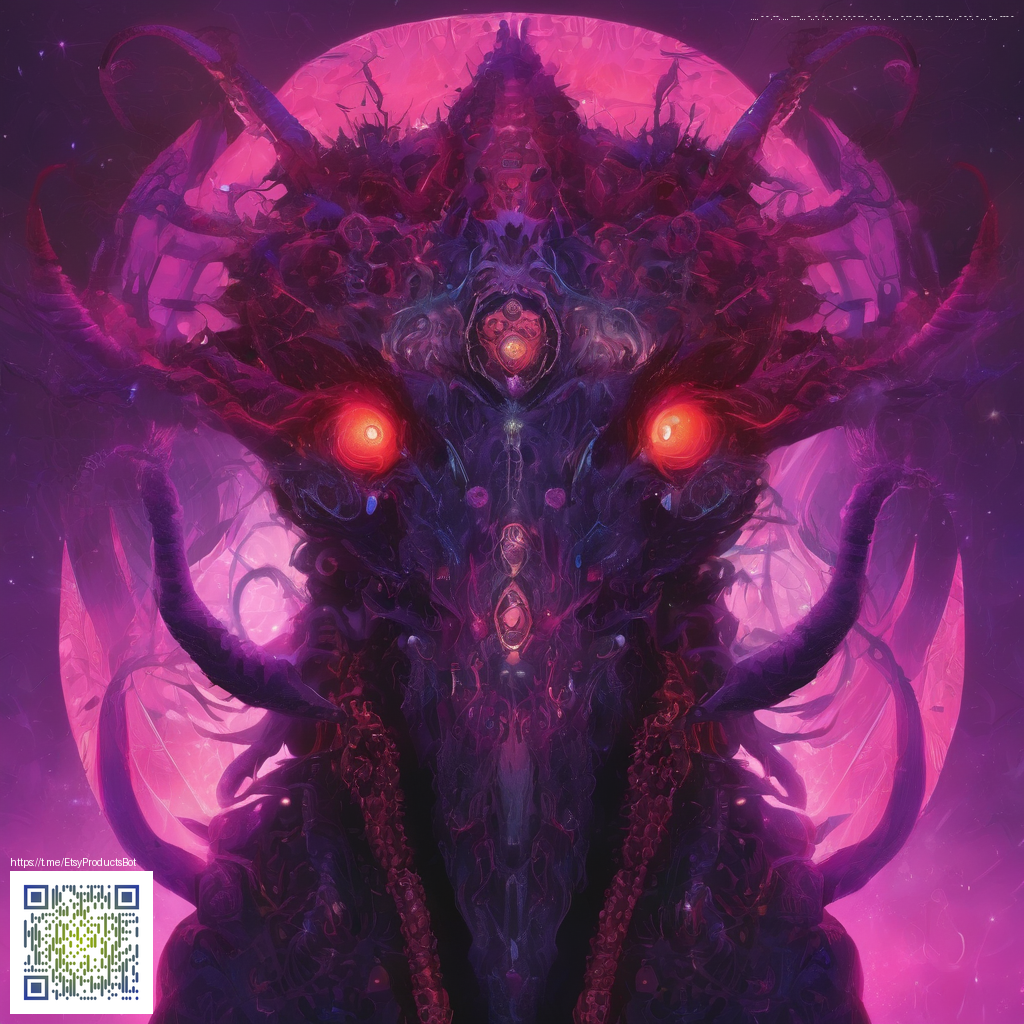
A Practical Guide to Crafting Digital Texture Packs for Artists
Texture packs are the quiet engines behind standout digital art, game aesthetics, and design mockups. They can accelerate your workflow, ensure consistency across projects, and unlock new creative directions. Building your own texture packs begins with a clear concept, smart technical choices, and a willingness to iterate. This guide breaks down a practical path from idea to export, with actionable steps you can apply today.
Start with a concept and a scalable palette
Before you dive into pixel tricks and procedural noise, sketch the mood you want to evoke. Are you chasing tactile realism, painterly textures, or bold geometric patterns? Establish a target resolution and a cohesive color strategy. A common starting point is a core set of textures at 2048x2048, with optional high‑res variants for print or large-scale projects. A well-defined palette helps your library feel intentional rather than random clutter.
- Texture types: skin-like surfaces, fabrics, metals, woods, and abstract gradients
- Resolution strategy: standard workhorse textures plus occasional 4K elements for premium use
- Seamlessness: plan tiling so textures can repeat without visible seams
- Color management: choose sRGB for broad compatibility, or linear workflows for lighting accuracy
Tools and techniques that scale your workflow
Smart use of software can turn long hours into a streamlined process. Combine non-destructive layering, procedural generation, and batch export to create a versatile kit. For example, you can blend photographic textures with procedural noise, then bake multiple color or pattern variations into a compact archive that’s easy to drop into projects. Think of your texture pack as a modular toolkit: base textures plus a thoughtfully curated set of variations that cover different moods and environments.
“A well‑curated texture library is less about a single perfect texture and more about a consistent voice across your assets.”
If you’re just starting, assemble a starter set that includes 6–8 base textures and 12–24 variations. This keeps the library approachable while offering meaningful options. For a concrete reference to how texture work translates into product visuals, you can explore a representative example here: MagSafe Phone Case with Card Holder. For broader context on how texture ideas connect to design content, see this overview.
Exporting, organizing, and sharing textures
As your library grows, organization becomes your best tool. Export textures in widely supported formats (PNG with alpha for transparency, or TIFF for high fidelity) and maintain a clean folder structure. Adopt a clear naming convention and metadata tags (e.g., “wood,” “grain,” “roughness”) so assets are easy to locate. Packaging textures as modular kits—rather than single, monolithic folders—also makes it simpler for collaborators to mix and match assets in their workflows.
“Texture packs should feel alive—easy to browse, easy to bias toward the mood you’re chasing.”
Showcase your textures in context. A simple demo scene or mockup project can reveal how your pack behaves in lighting and composition. Consider offering a short tutorial that demonstrates applying textures to a basic object; this helps potential buyers visualize practical use and value. To broaden appeal, provide clear documentation and example licenses that empower others to use your textures in personal and commercial work.
Quality, consistency, and community feedback
Quality is non‑negotiable. Regular testing across devices and lighting conditions helps you catch edge cases in tiling and color shifts. Seek feedback from fellow artists and designers who work in related fields; their observations about seamless tiling, color accuracy, and file sizes can refine your pack before launch. Texture creation is a dialogue: the repeatable patterns you offer should read consistently up close and from a distance.
Maintain your archive with care. A well‑maintained texture library not only attracts buyers but also speeds up future projects. If you explore hybrid styles or mixed media, the clarity of a well‑structured collection becomes even more valuable.
As you package textures for distribution, consider licensing clarity. Clear terms help creators feel confident using your assets, while well‑documented READMEs and usage guidelines reduce questions and support requests. Demonstrating your process—through tutorials, sample renderings, or before/after comparisons—can also build trust and community around your work.